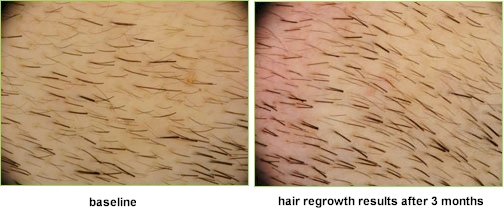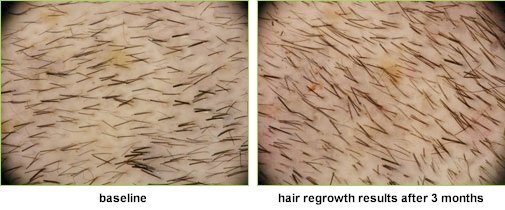I’m no qualified doctor but I really wanna weigh in on this issue.
IMHO there won’t be much of an “early HM” stage. I think it’s probably gonna be all or nothing and the first real HM will fix most baldness.
I’m sure Hangin or Sceptic or someone else would say I’m being way too optimistic. That it’s only logical to assume it’ll be weak for years/decades first because it’s a whole new science, look at the development of transplants, etc.
But optimism is not what is driving my feelings here. If anything it’s pessimism.
I agree that the idea of a “baby steps” HM progression makes perfect sense in theory. But IMHO we should already be well into this process.
– We’ve studied follicles off and on for years. Decades really.
– We’ve tried better nutrition.
– We’ve tried better environmental factors.
– We’ve tried unclogging follicles with harsher shampoos and skin dermabrasions/exfoliations.
– We’ve tried Minoxidil and lots of other possible growth stimulants.
– We’ve actually tried cutting the supply of the main harmful androgen down way below the levels of any normal male, and what has that gotten us? It doesn’t even succeed in halting the worsening of the condition, let alone help it any!
The picture I see developing is that MPB is a terrorist that we cannot negotiate with. It will continue to blow through any and all attempts to fight it or cope with it. We will get no meaningful progress in the direction we want until we completely demolish its ability to function. At which point, we will get TOTAL progress in the direction we want.
With HM in the works right now, I see that “totally demolish MPB’s ability to function” stage coming. Researchers aren’t trying to fight this thing anymore. They have resorted to just flat-out changing the relevant DNA of the affected follicles (in the form of dermal papillae cell transfers from MPB-resistant donor follicles). The other primary method of HM is to literally wipe the slate clean, forget about fixing the existing MPB at all, and just force the body to re-create all new follicles from scratch.
So either way, they are no longer negotiating with MPB as if it was any mere “problem” to be minimized. The mindset with all forms of HM research these days seems to be that MPB must be completely blown out of the water or we can forget about achieving even one inch of progress against it. The one single upside to this situation is that when something finally does work, then it’s gonna REALLY, REALLY work. Because there just isn’t any more room in the playbook for actions of a less radical nature.
I know hair transplants came a long way from 1960s 4mm plugs to modern FUE grafting. But I think a better analogy to HM would be if every HT attempt had been failing miserably from the 1960s, punch-grafting, micros, minis, strips, strip megasessions . . . all the way up until single-graft FUE work showed up in the 2000s and suddenly worked beautifully.


